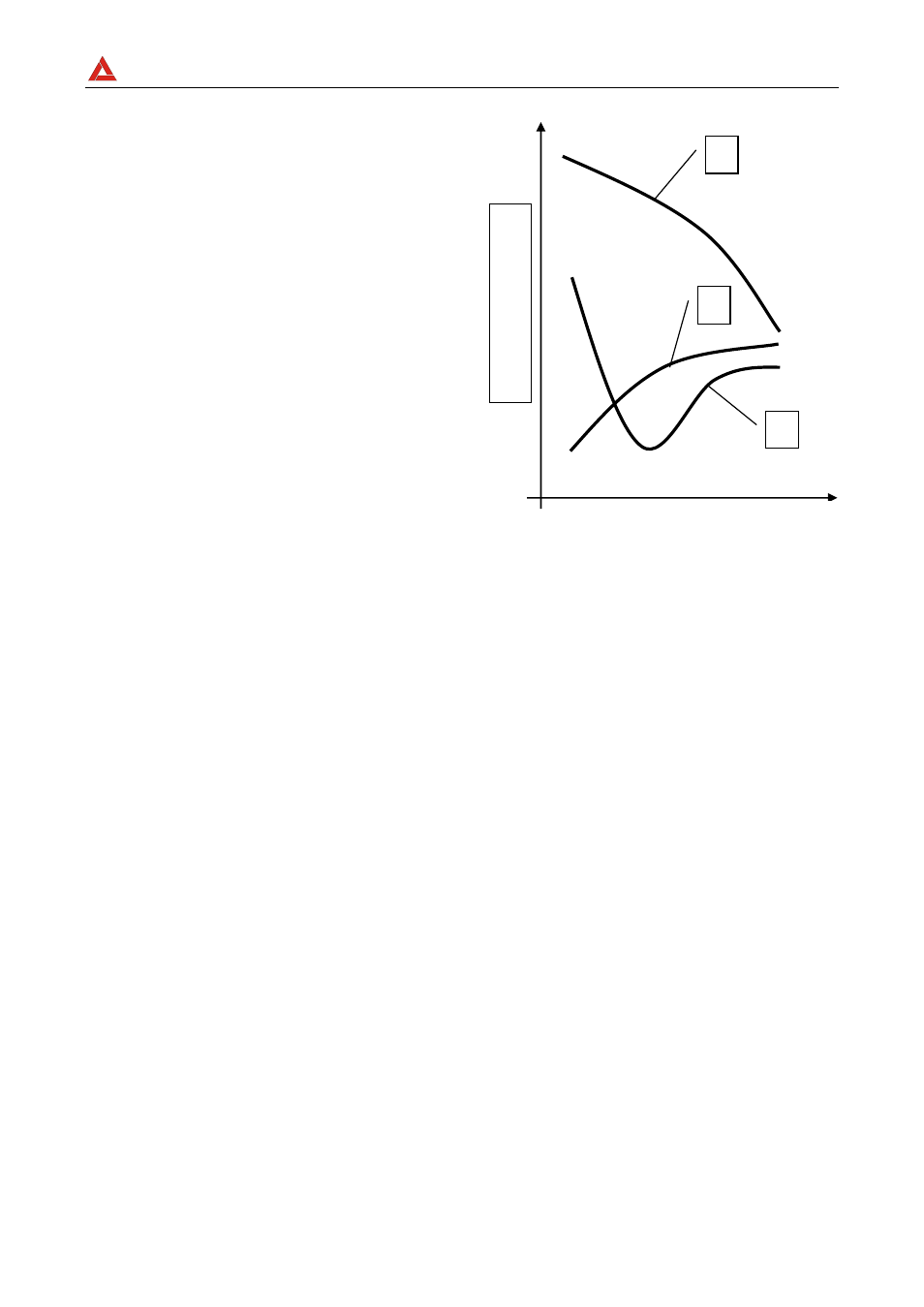Amprobe – Amprobe DMIII-Multitest Power-Quality-Recorder User Manual
Page 92

AMPROBE
DMIII MULTITEST
EN-90
The measuring method allows the operator to
define the specific resistance up to the depth
corresponding approximately to the distance
“a” between the rods. If you increase the
distance “a” you can reach deeper ground
layers and check the ground homogeneity.
After several
measurements, at growing
distances “a”, you can trace a profile like the
following ones, after which the most suitable
rod is chosen:
Curve1: as
decreases only in depth, it’s
possible to use only a rod in depth.
Curve2: as
decreases only until the depth
A, it’s not useful to increase the depth of the
rod beyond A.
Curve3: even at an increased depth,
does
not decrease, therefore a ring rod must be
used.
APPROXIMATE EVALUATION OF THE CONTRIBUTION OF INTENTIONAL RODS (64-
12 2.4.1)
The resistance of a rod Rd can be calculated with the following formulas (
= medium
resistivity of the ground).
a) Resistance of a vertical rod
Rd =
/ L
L= length of the element touching the ground
b) Resistance of an horizontal rod
Rd = 2
/ L
L= length of the element touching the ground
c) Resistance of linked elements
The resistance of a complex system with more elements in parallel is always higher
than the resistance that could result from a simple calculation of elements in parallel,
especially if those elements are close and therefore interactive. For this reason, in
case of a linked system the following formula is quicker and more effective than the
calculation of the single horizontal and vertical elements:
Rd =
/ 4r
r= radius of the circle which circumscribes the link.
1
2
3
Earth rods distances "a" (m)
Resistivity (
m)